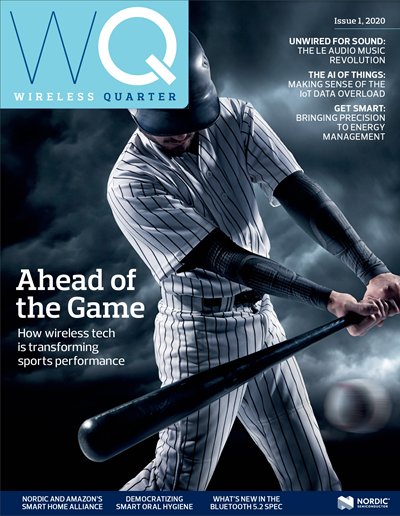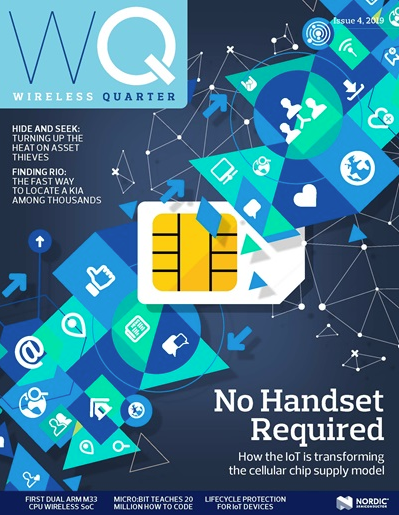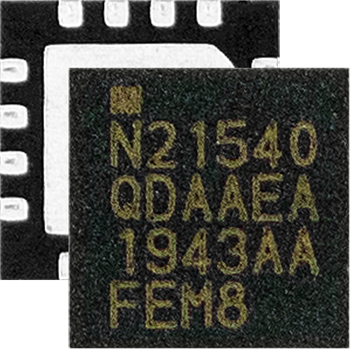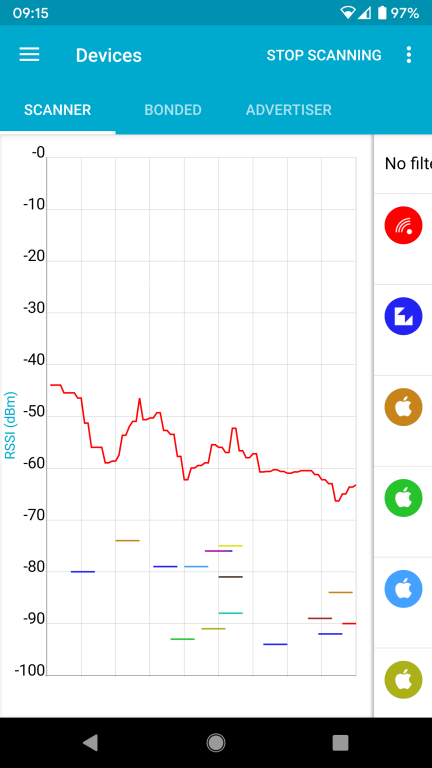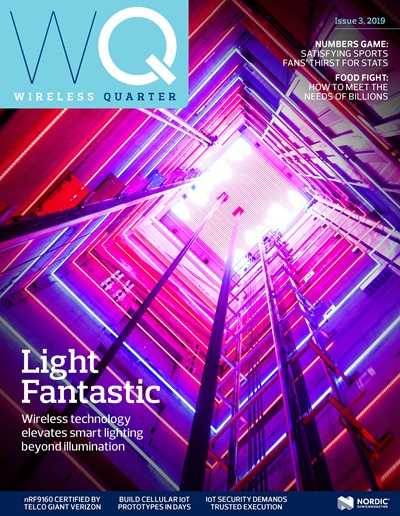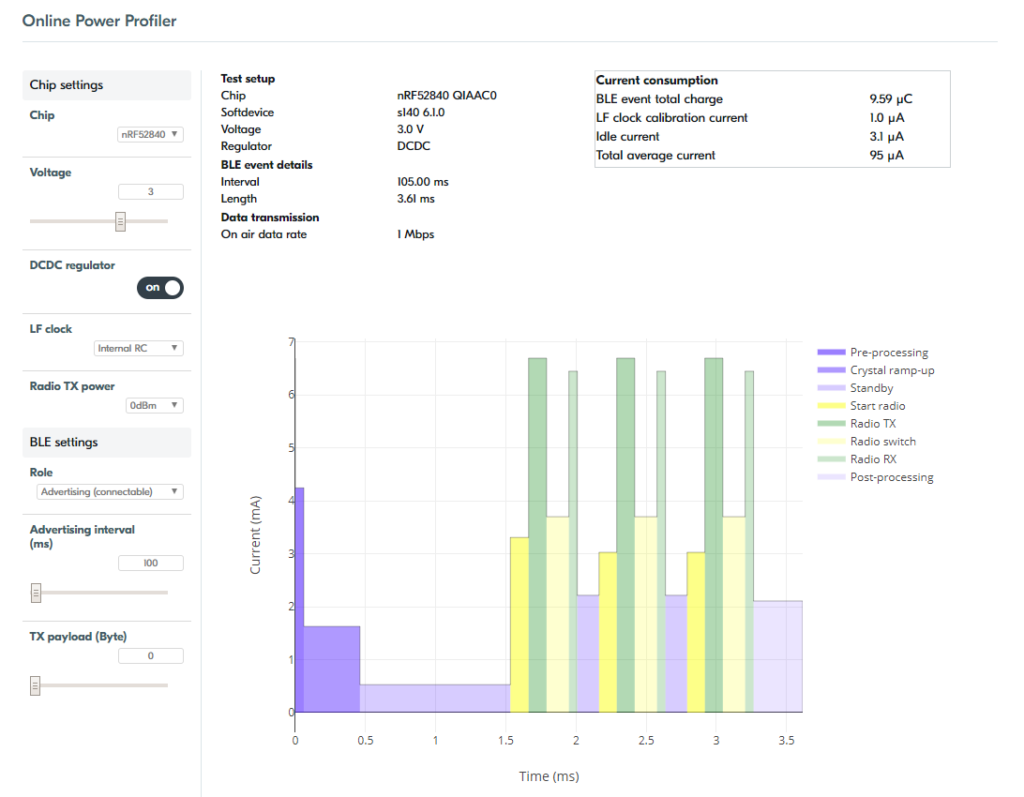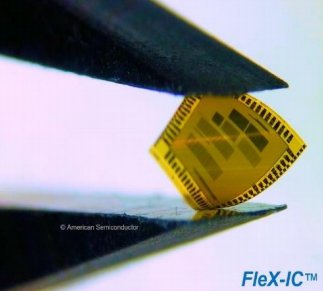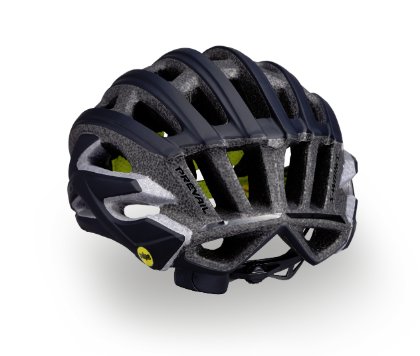Nordic, the manufacturer of the System on a Chip (SoC) in many beacons, has published the latest issue of Wireless Quarter Magazine. It showcases the many uses of Nordic SoCs.
In the magazine you can find lots of new products using the same technology found in Bluetooth beacons:
- Citizen Watch’s solar powered watch
- Sphero RVR programmable robot
- F5 Sports smart baseball
- A wearable canine activity tracker that monitors pet exercise
- An equine monitoring solution helping farmers monitor horses’ health
